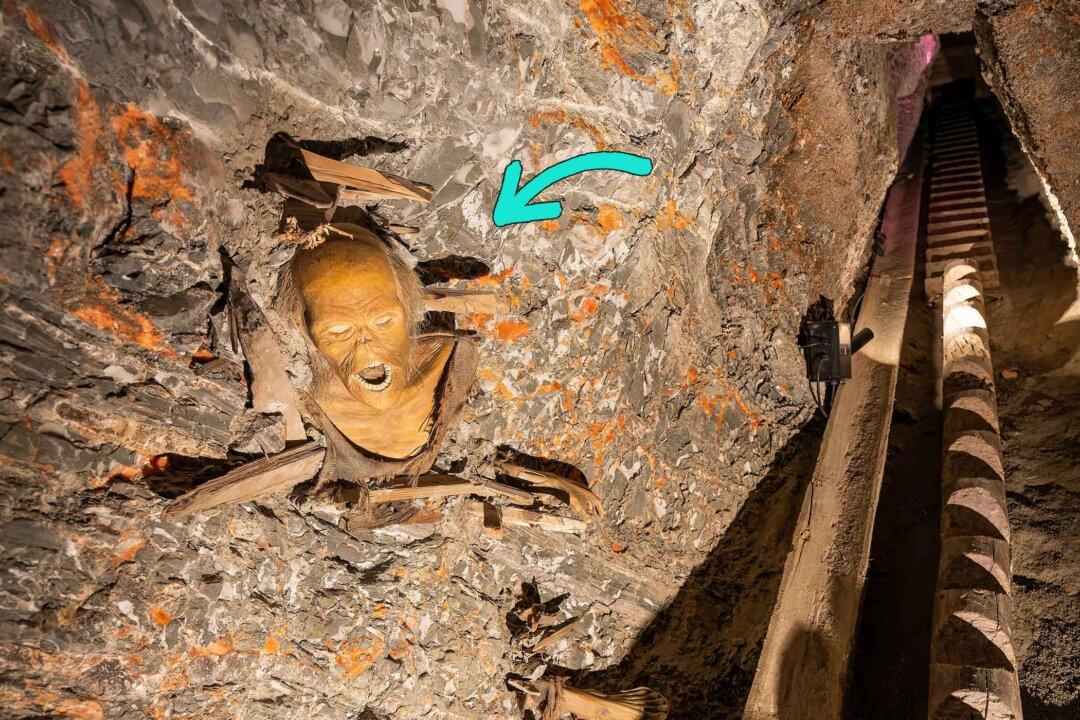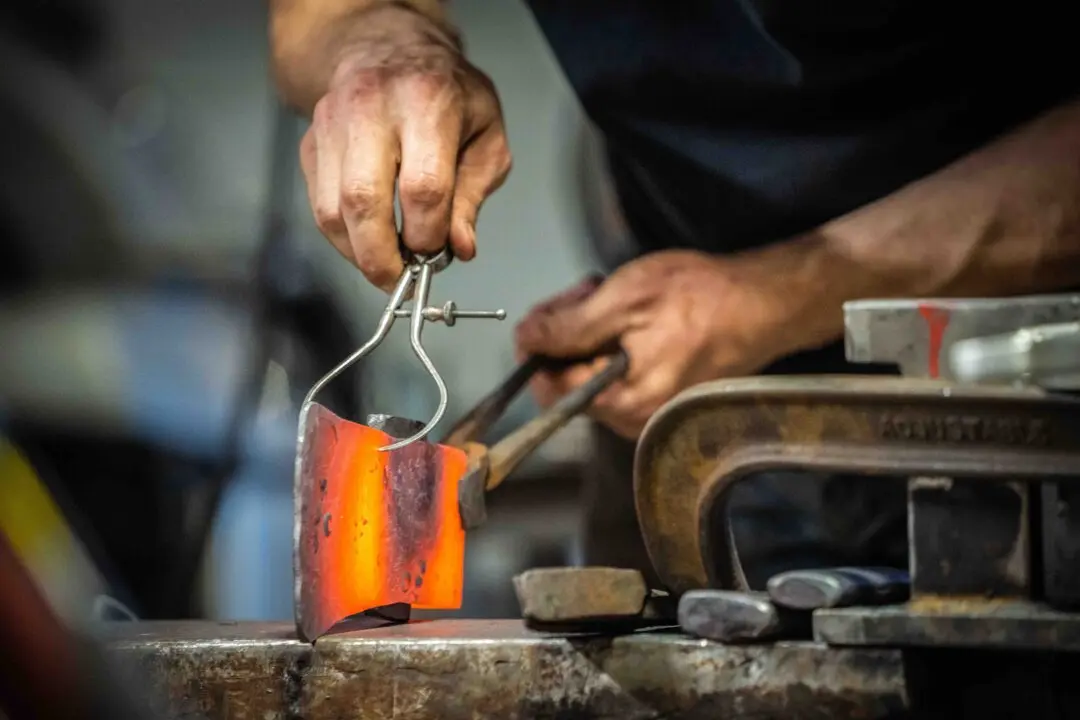Nestled in an enchanting corner of Austria lies the oldest salt mine in the world, dating back even to before ancient Egypt. Seven thousand years old, Salzwelten Hallstatt—the prehistoric salt mine of the lakeside village of Hallstatt—has safeguarded many secrets from way back in history, including the preserved body of a miner.
Famously known as the “Man in Salt” the mummified corpse was discovered by three miners in 1734. To the men’s amazement, the shoes and clothes of their fellow miner had survived, conserved in the salt, and even his skin and hair were visible.






